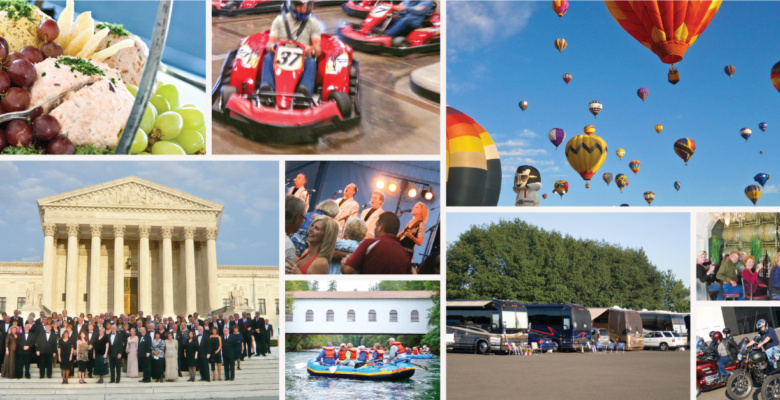Engineering a Masterpiece Part 1: Product Development
Well before a Prevost shell arrives at our headquarters, Marathon’s engineers are applying their experience and knowledge into creating the best coach possible. Marathon is the industry’s largest Prevost bus converter, and as such, its Engineering Department is a top priority. Fifteen engineers currently work at Marathon World Headquarters in Coburg, Oregon, each with a specialty, but all able to assist and consult with fellow engineers as necessary on every coach that’s built. From concept drawings, to testing and final delivery to an owner, the engineers document all aspects of our coaches, with the plans available for later reference by tech support, maintenance and service personnel at our three facilities in Oregon, Florida and Texas. Hundreds of years of combined experience allows the engineers to expertly manage the design and construction of multiple Designer Choice and Custom coaches simultaneously. Working closely with our audio, video and high-tech automation specialists, the mechanical, electrical and project engineers bring excellence, innovation and function to every coach.

Product Development
When you take delivery of a Marathon, you expect a certain level of luxury. But aesthetics are only as good as the quality behind them, something our engineers have mastered over many years. When Marathon’s Director of Product Development Jay Graham sits down to develop a new innovation, he has four questions in mind: Does it look good? Does it work well? Can it be built efficiently? Will it last over time?
To illustrate how he takes these questions to heart, Jay shared three of the company’s innovations, explaining how each has helped to make Marathon the clear leader in luxury RV construction.
As a fully realized concept, you likely won’t see an AC vent anywhere on a Marathon. Structured so the air is circulated and dispersed without hitting directly onto your head, the air conditioning provides optimal airflow performance no matter what the outside temperature is. Even when the slides are in, the air circulation and efficiency remain maximized, all while keeping the entire system hidden from view. The evolution of this innovative design reached new heights in Marathon conversions over the span of many years. From a standard vent layout, Jay and other team members asked how Marathon could make it better, and ultimately, they created what we have today. Invisible and quiet, our AC system truly shows how we innovate with every coach we build.
Originally inspired by Marathon’s late owner, Bob Schoellhorn, the Freedom Plus Preconnected Sewer Hose System was the answer to a challenge put to the engineering team. Bob wanted them to come up with an easier way to empty our coach’s tanks, and what the team designed was game changing. No one enjoys emptying the waste from even the most luxurious RV, so having the hose already connected and ready to drop at the touch of a button makes this task fast and easy. The drop-door system has an added bonus
of housing the sewer hose and shore cord under the bus instead of popping out the side, creating a more streamlined design. Trials, tribulations and one patent later, Marathon has the only drop-door design in the industry. This system has become one of the most unique features of any luxury RV, and this patented technology belongs exclusively to Marathon.
According to Jay Graham, illuminated wall, ceiling and decor panels “are Marathon innovation in a nutshell.” This particular feature embodies every aspect of his four questions. They look good, work perfectly, are lightweight and, with an established system in place, can be easily created and installed for the long haul. The story began when a customer wanted large illuminated panels to provide soft ambient light in his coach. There was nothing like this on the market, so Jay and his team innovated from scratch. After a decade the panels have evolved to emit softer lighting and can now replicate the look of stone and other materials. The newest generation of light panels take the place of tile, stone and glass; even the panels themselves have gotten lighter over the years with the introduction of new technologies such as LED and thin, light-diffusing materials.
“I’m a consumer, I like cool stuff,” said Jay regarding his affinity for new ideas. When asked what he wanted to do next, Jay said he was considering the idea of a mist fireplace, or perhaps a ‘party mode’ LED lighting option. Whatever he and his team come up with, it will be cutting edge and exclusive to Marathon.





